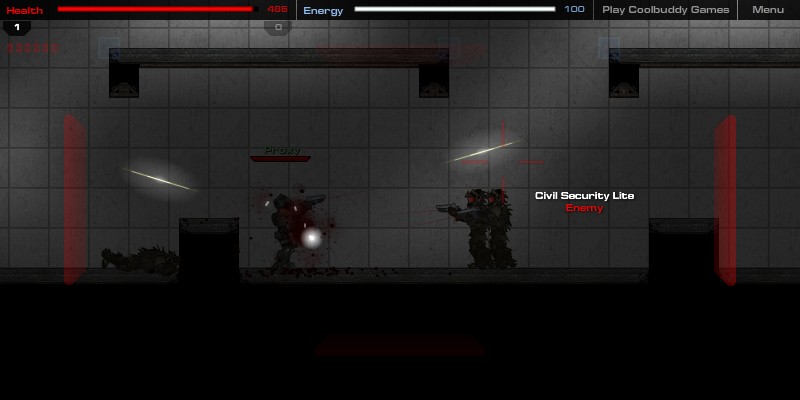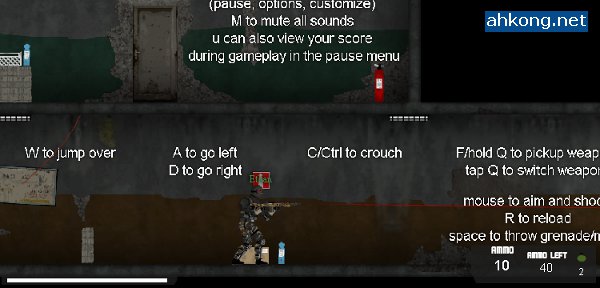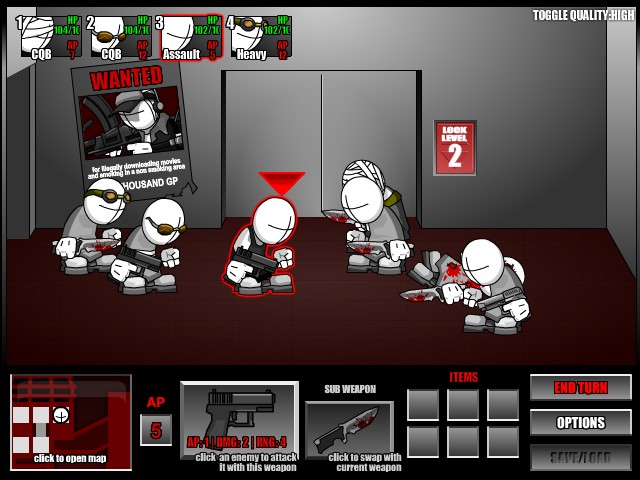


New reactor designs have features of passive safety, such as the flooding of the reactor core without active intervention by reactor operators. If nuclear power use is to expand significantly, nuclear facilities will have to be made extremely safe from attacks that could release massive quantities of radioactivity into the community. The release of radioactivity could lead to thousands of near-term deaths and greater numbers of long-term fatalities. Congressional Budget Office, "The human, environmental, and economic costs from a successful attack on a nuclear power plant that results in the release of substantial quantities of radioactive material to the environment could be great." An attack on a reactor's spent fuel pool could also be serious, as these pools are less protected than the reactor core. If terrorist groups could sufficiently damage safety systems to cause a core meltdown at a nuclear power plant, and/or sufficiently damage spent fuel pools, such an attack could lead to a widespread radioactive contamination.

The United States 9/11 Commission has said that nuclear power plants were potential targets originally considered for the Septemattacks. Terrorists could target nuclear power plants in an attempt to release radioactive contamination into the community. Discuss and resolve this issue before removing this message. Please help to create a more balanced presentation. This section may lend undue weight to certain ideas, incidents, or controversies.

Neither of these attacks directly involved nuclear reactors or their facilities. The cyber attacks involved thousands of phishing emails containing malicious code, and information was stolen. The computers of South Korea's nuclear plant operator ( KHNP) were hacked in December 2014. It caused major damage to the facility by operating the centrifuges in erratic and unintended ways. Stuxnet is a computer worm discovered in June 2010 that is believed to have been created by the United States and Israel to attack Iran's uranium enrichment facilities. The number and sophistication of cyber attacks is on the rise. Nuclear weapons materials on the black market are a global concern, and there is concern about the possible detonation of a dirty bomb by a militant group in a major city. Non-proliferation policy experts have questioned "the use of private contractors to provide security at facilities that manufacture and store the government's most dangerous military material". The National Nuclear Security Administration has acknowledged the seriousness of the 2012 Plowshares action. Various acts of civil disobedience since 1980 by the peace group Plowshares have shown how nuclear weapons facilities can be penetrated, and the group's actions represent extraordinary breaches of security at nuclear weapons plants in the United States. Nuclear reactors become preferred targets during military conflict and, over the past three decades, have been repeatedly attacked during military air strikes, occupations, invasions and campaigns. In the United States, the Nuclear Regulatory Commission carries out "Force on Force" exercises at all nuclear power plant sites at least once every three years. New reactor designs have features of passive nuclear safety, which may help. The Federation of American Scientists have said that if nuclear power use is to expand significantly, nuclear facilities will have to be made extremely safe from attacks that could release massive quantities of radioactivity into the community. If terrorist groups could sufficiently damage safety systems to cause a core meltdown at a nuclear power plant, and/or sufficiently damage spent fuel pools, such an attack could lead to widespread radioactive contamination. The attack threat is of several general types: commando-like ground-based attacks on equipment which if disabled could lead to a reactor core meltdown or widespread dispersal of radioactivity and external attacks such as an aircraft crash into a reactor complex, or cyber attacks. Nuclear power plants, civilian research reactors, certain naval fuel facilities, uranium enrichment plants, fuel fabrication plants, and even potentially uranium mines are vulnerable to attacks which could lead to widespread radioactive contamination. The vulnerability of nuclear plants to deliberate attack is of concern in the area of nuclear safety and security.


 0 kommentar(er)
0 kommentar(er)
